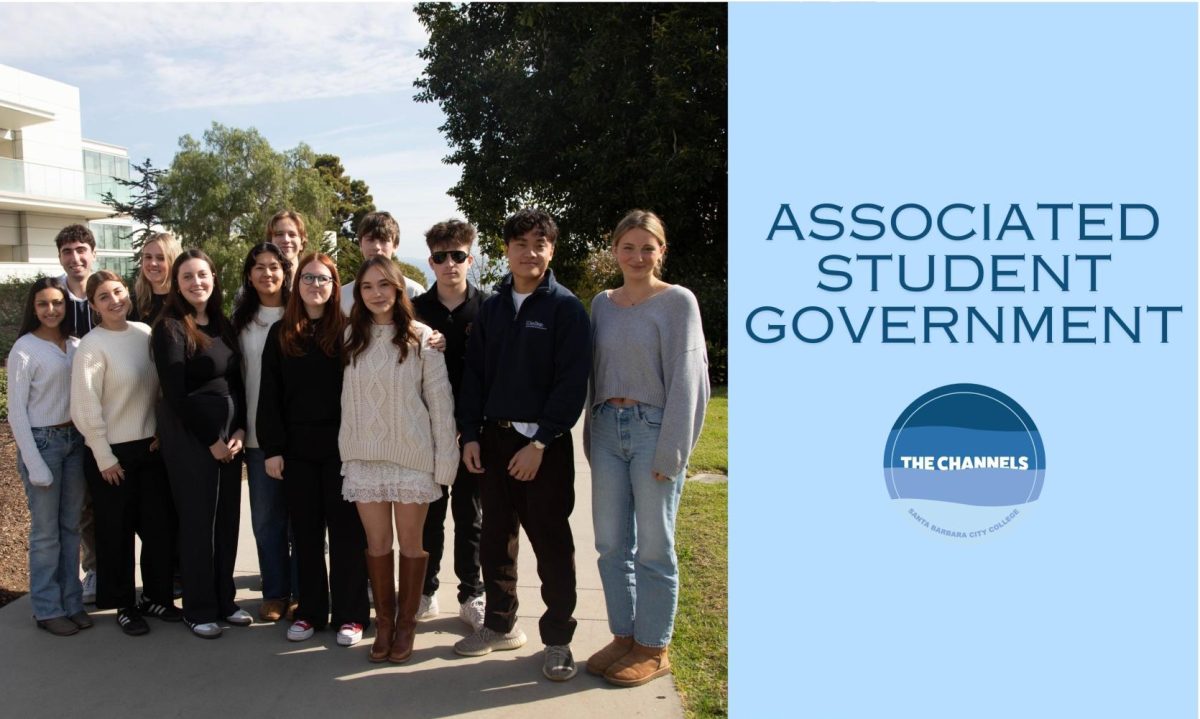As demand for gender-inclusivity soars to the forefront of social movements, the term Latinx has emerged as a gender-neutral term to describe Hispanic people in America.
The term originated in the early 2000s and was added to the dictionary in September 2018.
It replaces the traditional gendered ending of the words Latina or Latino with an “x,” erasing the feminine or masculine aspect of the word.
“This is a very, very inclusive term in regards to culture, gender, race and class,” said Assistant Professor of American Ethnic Studies Thomas Carrasco. Carrasco said the term originated in academia and is largely used among millennials now as a more progressive label.
“Young people are putting pressure on society to adapt to different identities and most importantly to accept people who are different than you,” he said.
While the masculine and feminine endings are a core part of the Spanish language, increased gender diversity has led to a demand for the gender-neutral term.
The amount of people in the United States who identify as transgender has nearly doubled in the past ten years, with more than 200,000 adults in California identifying as a gender other than the one they were assigned at birth, according to a 2016 study by the Williams Institute.
The term has gained a lot of traction on social media and by activists in the community, but many Spanish-speakers still feel unfamiliar with the word.
“I don’t know the context of it yet,” said Noel Gomez, student program advisor of Extended Opportunity Program and Services. “I’m careful with terms to use if I don’t know the history yet.”
Gomez has a bachelor’s degree in Chicano studies and believes the usage of the term can be indicative of the era someone received their schooling in. New students are more familiar with “Latinx,” but people of his generation traditionally use the gendered terms.
While the term has caught on among activists and younger members of the Hispanic community, some argue that it is an elitist phenomenon.
It still hasn’t fully reached much of the Hispanic population in America and it erases the traditional importance of gender roles within the culture.
Gomez identifies as Chicano and Mexican-American and was raised with a very strong emphasis on gender roles.
“My mom taught me you would always acknowledge women first,” he said. “We really appreciate women, sisters.”
Gomez was even taught in school to list Chicana before Chicano, and women before men when talking.
In this sense, the term “Latinx” removes the option to respect women in conversation when using it.
City College student Marcela Ortiz grew up in Colombia and didn’t hear the word until she moved to the United States.
“There’s less diversity than here,” she said of her home country.
Ortiz said there wasn’t much demand for an inclusive term.
“It’s kinda different to say a more neutral one. It makes us a whole group together,” Ortiz said. “I feel like I like it. I fit more into it.”
The latinx community in America is rapidly growing and, like all communities, constantly shifting and changing. The term is proof that language is “reflecting those changes,” said Carrasco.
As the community continues to evolve, so will the terminology. “There will be another name after Latinx,” said Carrasco.









